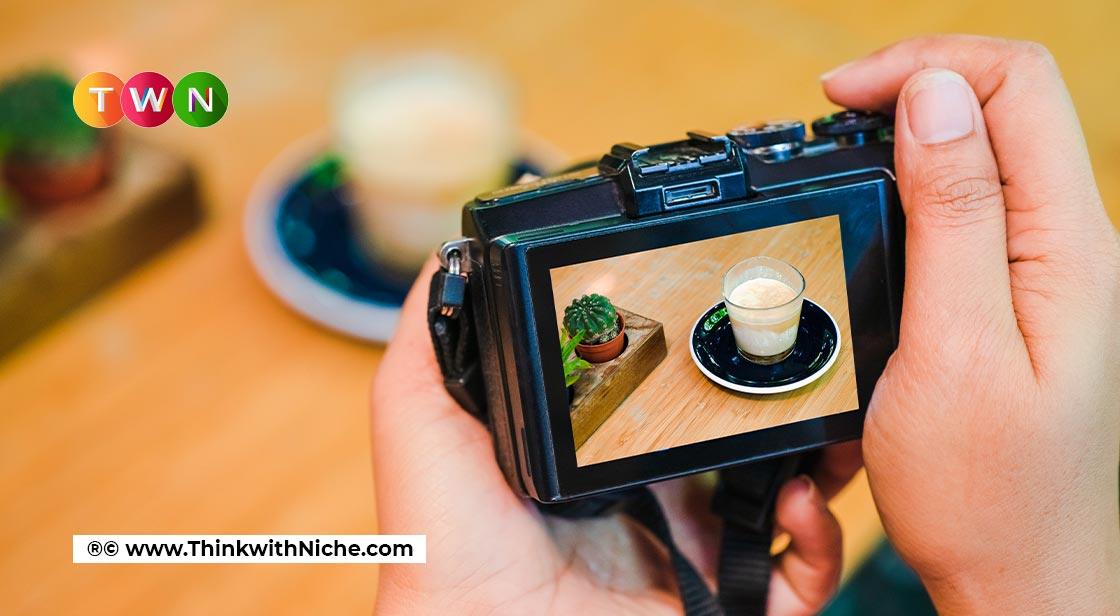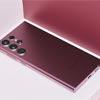Product Photography Advanced Composition

Blog Post
Compositional guidelines, as I explained in my preceding, will make your product images more interesting. In this article, I'll go through that concern in greater detail. This is the ninth edition of my series aimed at assisting eCommerce merchants in capturing better product photographs. #ThinkWithNiche
The importance of backdrops was discussed in “Part 1.” Tripods were defined in “Part 2.” Synthetic lighting was put to the test in "Part 3." "Part 4" dealt with angles and viewpoints, while "Part 5" dealt with selecting a digital digicam. "Part 6" looked at lenses and their importance. "Part 7" dealt with magnification and close-ups, while "Part 8" covered the basics of composition. In this chapter, I'll look at the Golden Ratio, Golden Triangle, and Dynamic Diagonals as three superior composition tactics.
Golden Ratio- The Golden Ratio, additionally referred to as the Fibonacci Spiral, is a compositional layout rule primarily based totally on the standards of a 13th-century Italian mathematician, Leonardo of Pisa (later referred to as Fibonacci). Every number in Fibonacci's famous collection is the sum of the two numbers before it – 1, 1, 2, 3, 5, 8, 13, and so on. When this collection is applied to photographs and layouts, it results in visually appealing layouts. Consider your digital digicam's body as a series of contiguous squares. The duration of the primary and 2d squares are identical. The duration of the 0.33 rectangular is the sum of the primary. Placing an arc inside each rectangular and linking opposite corners depicts a natural progression of how human eyes see an object. Every rectangular arc's length might be 1.618 times the length of the rectangle. 1.618 is the so-called Golden Ratio. It's a floral route that draws our attention across the image and eventually to the image's point of attraction. Locate your thing on the end of the spiral using the Golden Ratio on product images (consisting of the surfboard above). Then, because the arc spirals out from the focus of interest, all aiding elements were placed in the large arc. Any aiding factors that are no longer in the arc may cause viewers' attention to be drawn away from the image, resulting in an unsatisfactory image.
Golden Triangle- The Golden Triangle is any other superior compositional rule that divides the image’s body into triangular sections in which the point of interest is the intersection of traces. Placing your product alongside those axes will beautify the image’s focal factor and make it extra engaging. Unlike the Rule of Thirds, however, the Golden Triangle specializes in including a sturdy diagonal detail with main traces that draw the human eye closer to the image’s focal factor. The Golden Triangle is extra difficult than the Rule of Thirds. But scrutinize product ads. The Golden Triangle is probably something you'll see a lot of. Divide your body into parts diagonally along an imaginary line linking opposite corners to experiment. Then, at a 90-degree angle, draw diagonal traces from the unused corners to intersect with the preliminary line. Place your product where the traces connect and keep the image's assisting factors in the same triangle. It's a simple yet effective method for creating a captivating product image.
Dynamic Diagonals- Creating dynamic diagonals is quite simple. You may be doing it unconsciously. The rule is to place the image's critical elements alongside diagonal traces. A product image's traces are an excellent way to draw the viewer's attention to the object. The product, the point of interest, must be the result of the image's supporting aspects. It's simple to adhere to this regulation. Consider your body, find your product, then build your aiding elements around it, using diagonal traces. Take a look at the example below. Our gaze is drawn closer to the product by the plant life and rocks (face powder).
You May Like
EDITOR’S CHOICE












